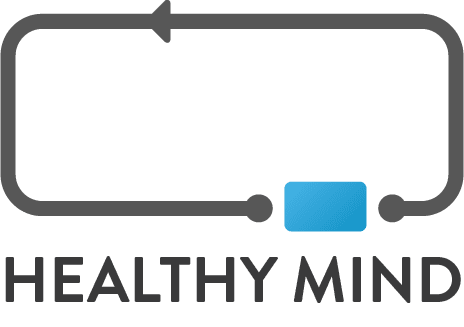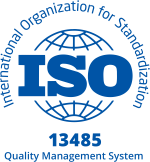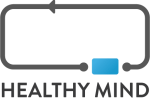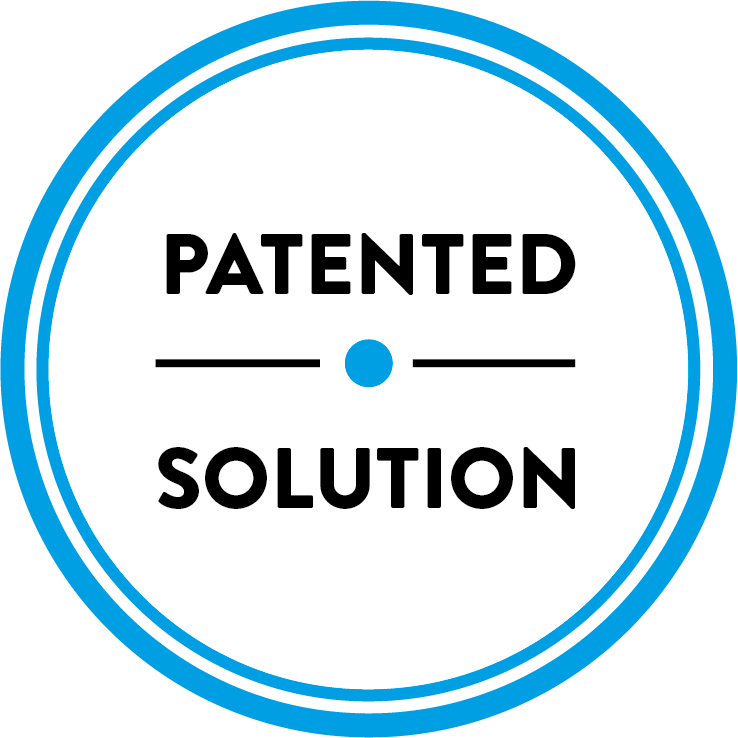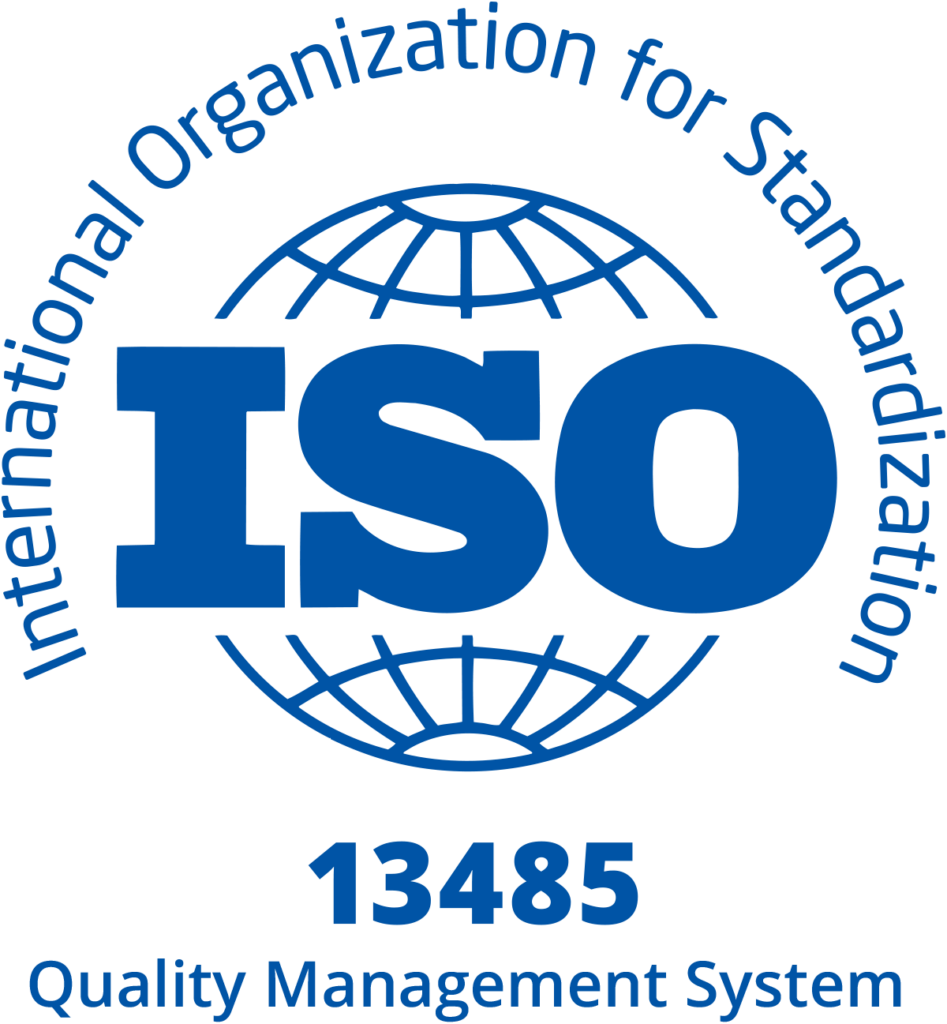Quality of life at work (QWL)
- for Caregivers -
Quality of life at work
for Caregivers
Created in collaboration with doctors and neuroscience experts, our virtual reality medical device was designed to reduce pain and anxiety for patients in hospitals but is also used for the well-being of healthcare workers and employees in companies. Our solution combines neuroscience, virtual reality and medical hypnosis to ensure better management of stress and anxiety, which can be high in the professional context. The health crisis has caused significant moral and physical exhaustion among caregivers and employees; which persists despite its end.
Today, we wish to respond to this problem by proposing a complete medical device which allows to reduce anxiety and to travel during a break. This moment of escape thus contributes to the improvement of the Quality of Life at Work and participates in a better prevention of psycho-social risks.
This effectiveness has been demonstrated on nursing staff during a clinical study.
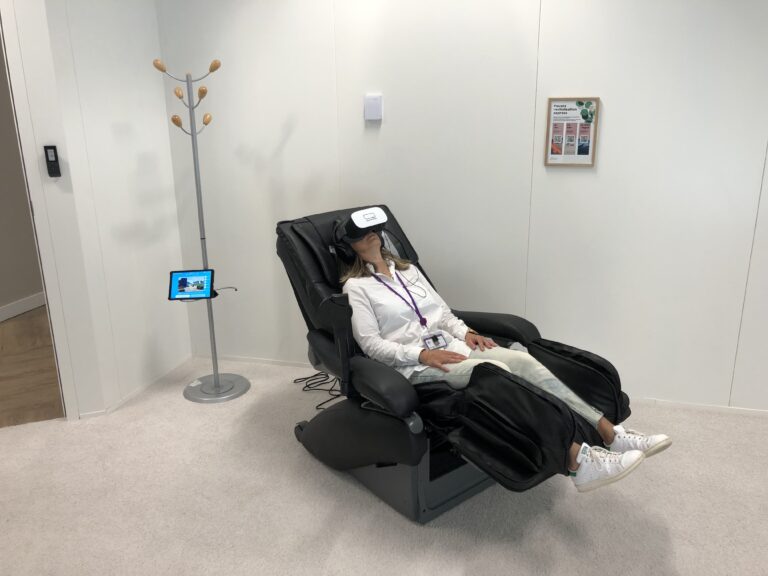

Expected benefits
Muscle
relaxation
Better stress
management
Emotional
relief
Clinical studies with our solution
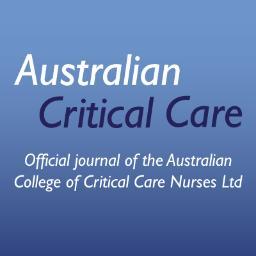
| -48% | +30% |
|---|---|
| FATIGUE | DECONNEXION |
Virtual reality during work breaks to reduce fatigue in intensive care units, Australian Critical Care, 2022
L. Bodet-Contentin, et al.
Results: VR induced a significantly greater reduction in fatigue score after the break. Individual changes in fatigue score were +0.17 (1.87) versus -0.33 (1.87). A significantly higher sense of disconnection from the work environment at the end of the break was also observed with VR: 5.98 (3.04) versus 4.20 (2.64). No significant differences were observed for the other parameters, especially at the end of the shift. N=88
